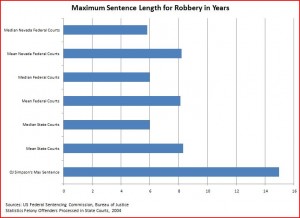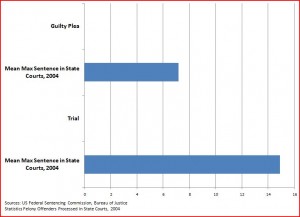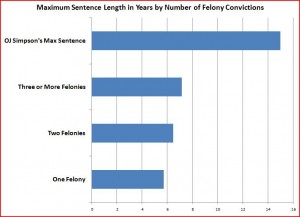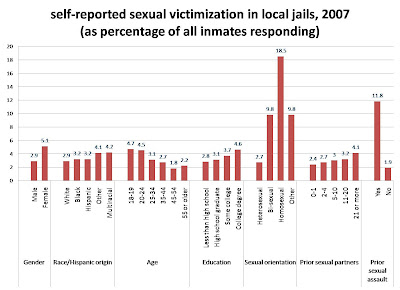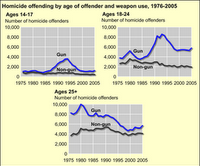Unless you’ve been living under a rock, you’ll know that Georgia is set to execute a man that many people believe is innocent in a little less than an hour. I’ll leave the question of innocence to others, as the case has been widely detailed in numerous outlets, except to say that I think he has one of the better cases for reasonable doubt in the absence of DNA that I have seen. Putting that (important) question aside, I am struck by the ‘I Am Troy Davis’ campaign in support of clemency. On YouTube, in the media, at protests, on twitter and facebook, death penalty opponents (or Troy Davis supporters — it’s interesting to note how many death penalty advocates support clemency in this case) are shouting/wearing “I Am Troy Davis,” the implication being that this miscarriage of justice could happen to anyone. While I admire the organizations working on behalf of Mr. Davis, the simplicity of the campaign generally, and the empathy implied by its message, I wonder if it leads us away from a useful discussion. Some thoughts:
- Let’s assume Davis is innocent. I am not Troy Davis and this would never happen to me — I am a white, highly educated woman who comes from a privileged background. There are few (none?) on death row who even remotely look like me. While I might post ‘I Am Troy’ on my facebook page, do I really believe that this could happen to me?
- That a good predictor of eyewitness misidentification is whether or not the witness and suspect are of the same race seems relevant here (mistaken identification is the most common cause of convictions overturned with DNA evidence). Again, my race, class, and gender is an extremely good predictor not just of whether I will commit a crime but also of whether I will be erroneously convicted of one.
- It is often the case that convicted innocents have lengthy prior criminal records (though not in the case of Troy Davis, which may have something to do with the attention his case has received). A friend of mine once said to me, regarding the recent execution of an arguably innocent man in Texas, “Well, he may not have done that but he certainly did a whole lot of other things.” I suppose (hope?) he was only half serious but it occurred to me that he had made a telling point — from his point of view, if you can demonstrate a pattern of bad behavior, it begins to matter less if the person being executed did the particular crime we’re killing him for and more if we can demonstrate a pattern of evil-doing. It also tends to get in the way of feeling empathy for a death row inmate, innocent or not.
- Related to above, arguing that any one of us could be innocently caught up in the system is probably an unsuccessful strategy for the people whose minds you are trying to change. At the end of the day, very few of us are Troy Davis and those who are will rarely be in a position to offer clemency.
Perhaps I’m wrong on all of this but as I watch the discussion of the case, I think the tougher long-term conversation to be had is why this happens to the Troy Davis’ of the world and not how it could happen to any of us.


